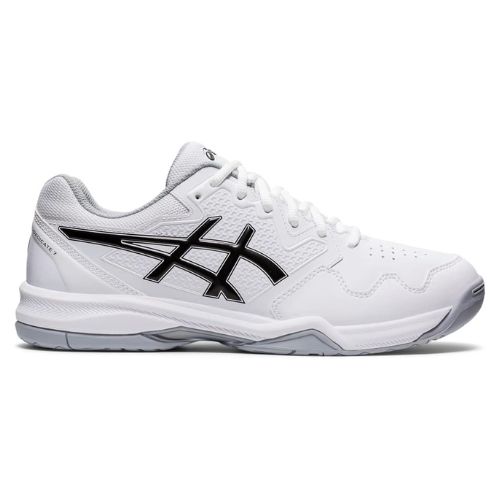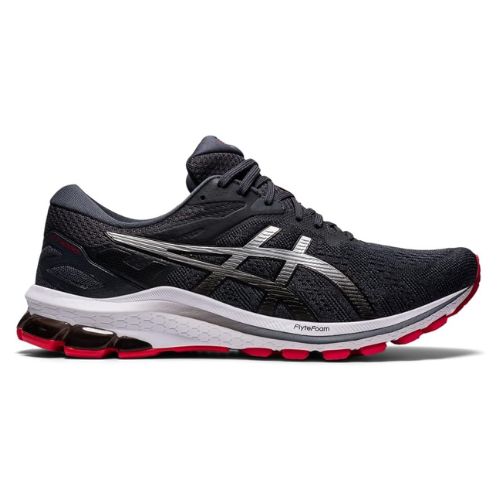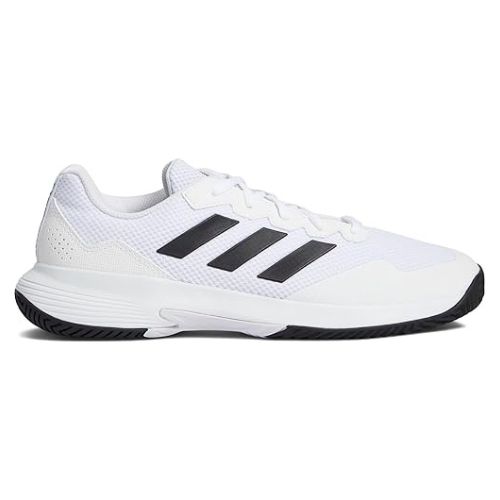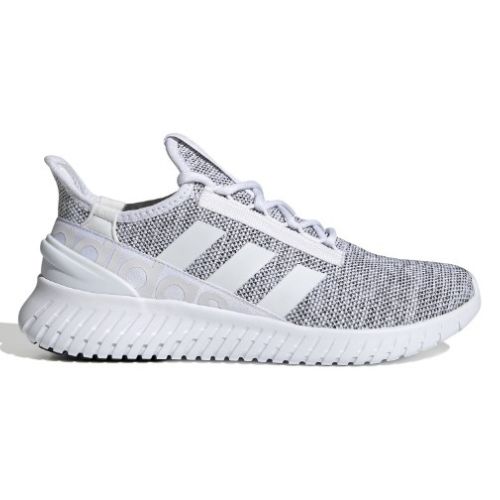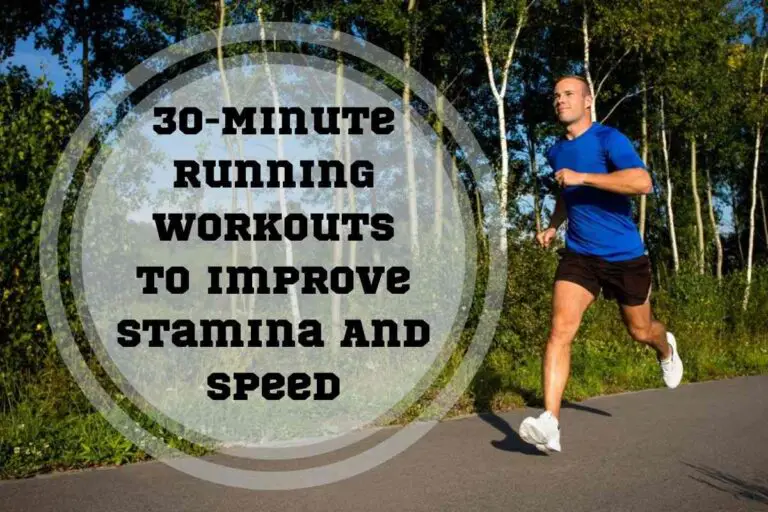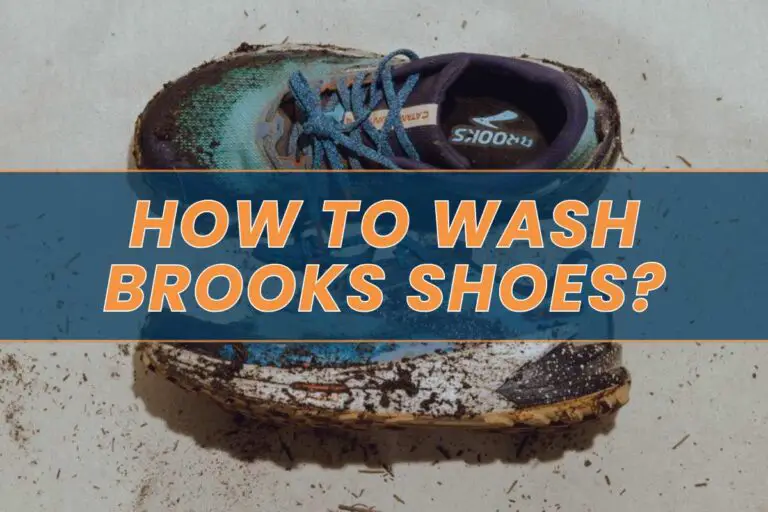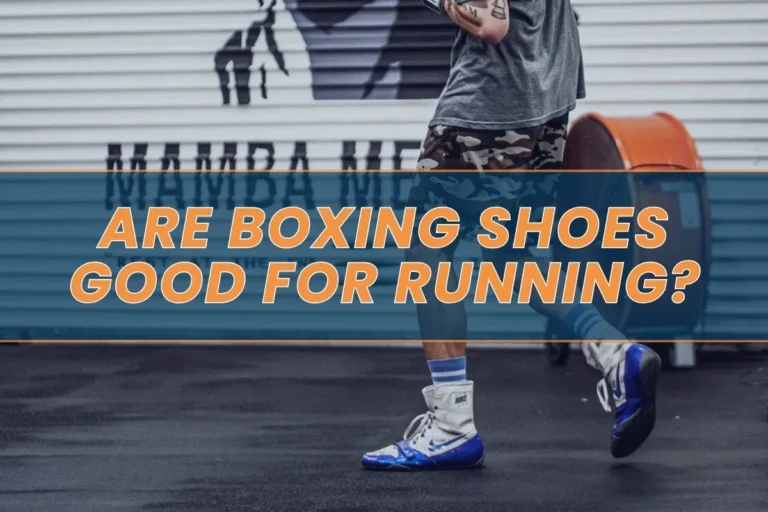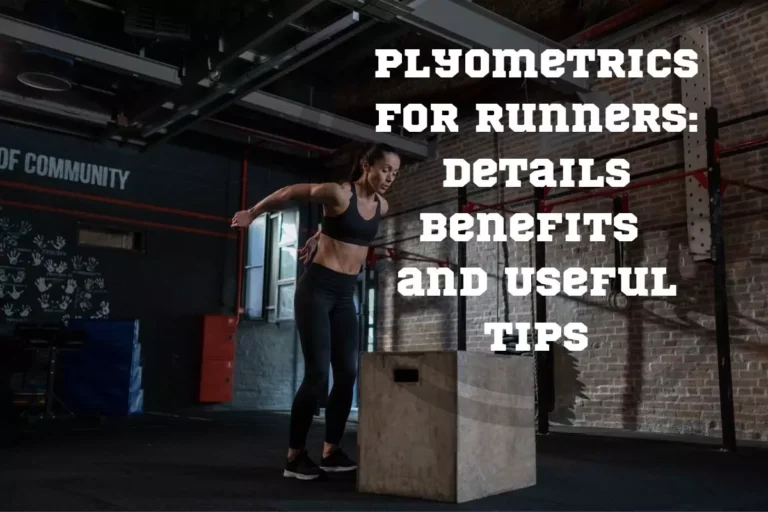Are Running Shoes Good For Tennis? Must-Know Shoe Difference
Were you thinking of a casual game of tennis soon? If it’s not a regular activity for you, chances are you don’t own tennis shoes. You might, however, own a pair of running shoes you use for walking or the gym. If that’s the case, you’re probably asking: are running shoes good for tennis? The short answer is no, but there are factors to consider.
This article will compare tennis shoes vs. running shoes to better explain what makes them good for their respective sport. By the end of it, you should know enough to decide whether you need a pair of tennis shoes for your upcoming game.
Are Running Shoes Good For Tennis?
You shouldn’t use running shoes for tennis. The soft build and lack of lateral movement support mean they’ll wear out quickly from multi-directional movement on a tennis court. If you have a choice of tennis shoes vs. running shoes stick to their intended sport.
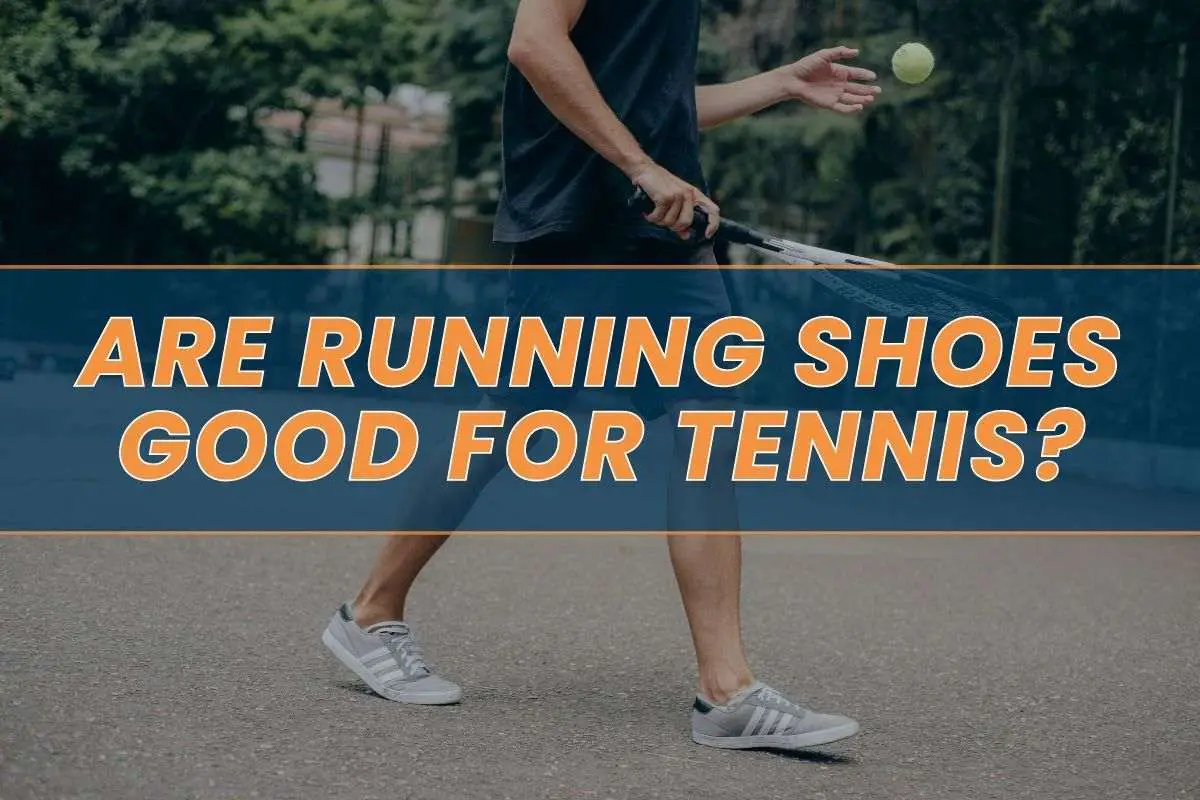
What Are Running Shoes?
Running shoes are footwear specially designed to support the motion of walking, jogging, and running. Some characteristics of the running shoe include highly cushioned midsoles meant to absorb repetitive strikes, lightweight and thin mesh uppers meant to reduce the shoe weight and make it breathable, and a stacked heel with a substantial heel-to-toe drop to ease in on each step. Popular running shoe brands include Nike, Reebok, and Under Armour, to name a few.
Runners predominantly run forward with very little directional change. Roughly 94% of runners utilize a heel strike, meaning they step down with the heel first, roll over the midfoot onto the balls of the feet, then push off. Based on that, it makes sense that most commercial running shoes are designed to support this movement pattern. There’s a huge emphasis on cushioning the initial heel impact, and the heel-to-toe drop curvature is intentionally put into the sole to seamlessly transition from the heel to the toes.
What Are Tennis Shoes?
Tennis is a unique sport in regards to its movement pattern. During the average tennis match, 60-80% of movements performed are lateral (side-to-side), with quick directional changes and sudden starts/stops. What’s more, there are many slides & hops as well as steps. The structure of the average lightweight athletic shoe simply wouldn’t survive without the upper or outsole collapsing.
For this reason, tennis shoes have to be more durable. The outer sole is typically made of high-quality and thick rubber. This gives the shoes some weight at the bottom but protects the outsole from wearing out on the abrasive tennis court. The upper material is made from a tightly knit synthetic mesh, such as PU leather or thermoplastic. It’s strong enough to survive the constant side-to-side foot movement without tearing, but still fairly light. Popular tennis shoe brands include Asics, Adidas, and Wilson, among others.
What Is The Difference Between Tennis Shoes And Running Shoes
Many recreational athletes use the same athletic shoe for a variety of physical activities. However, leading sports brands like Nike and Asics wouldn’t spend money on research and development on sport-specific shoes if there weren’t clear advantages for doing so. Here are some key differences between running shoes vs. tennis shoes to better explain what makes them better at their respective sport:
1. Cushioning
The midsole is the primary element that contributes to shoe cushioning. For the past few decades, foam has been the predominant material used in midsoles. However, recently we’ve seen the rise of silicone-based gel (or a combination of the two) midsoles.
When it comes to material choice, tennis shoes use the same type of cushioning as running shoes. However, the difference is noticeable in the stack height. Running shoes typically have much taller cushioning, as their goal is to soften the blow as much as possible while still providing ample responsiveness.
Meanwhile, tennis shoes have a lower stack of cushioning to allow the foot to remain more grounded. Tennis players need a firmer step on the surface to remain steady on their feet, quickly switch direction, and generate energy for a shot. But it does mean tennis shoes are less comfortable to step in overall.
2. Flexibility
The majority of commercial running shoe upper materials are made from a textile fabric mesh. The mesh is intentionally knitted more loosely and with fewer layers, making the material highly flexible. A quality running sneaker mesh should be able to bend back in on itself easily. The flexibility of the shoe makes inside foot movement feel less restrictive, leading to less pressure on the foot. This severely reduces the likelihood of blisters and corns, for example.
Tennis shoes also often use a textile mesh for their upper base, which can be felt inside the shoe. However, the outer layer is combined with or fully covered by a synthetic material, usually a derivation of plastic, to increase durability. As mentioned, PU leather or thermoplastic is a popular choice. The material is less flexible overall, meaning the foot movement inside is more restricted and they take longer to break in.
3. Breathability
Closely tied to our previous point, the textile mesh of running shoes is embedded with hundreds of perforations (small holes) to allow for air circulation through the shoe. The improved airflow lowers heat inside the shoe, reducing sweating. This makes everything from regular walks to extended cardio sessions more comfortable (and less smelly, too).
Meanwhile, the tightly knit material of tennis shoes does not have the same airflow quality. There are some strategically placed pronations, but less overall. Naturally, this means the heat inside the shoe is higher. This is also one of the reasons why tennis shoes are not recommended for extended cardio and running.
4. Foot Support
Apart from shock-absorbing cushioning, running shoes often have an anatomically shaped footbed or socliner that adds arch support. Other than that, we might see some padding around the collar and a heel counter to secure the foot inside. Importantly, tennis shoes add an Achilles notch into the collar to reinforce the Achilles tendon, which is a commonplace injury in tennis.
Moreover, tennis shoes add a toe guard to the front to prevent toe drag. More often than not, manufacturers add additional reinforcement, for example, plastic covers, to the external side of the shoe, This is done to support lateral movement and reinforce the shoe on that side from drag that occurs when you slide or push off from that side.
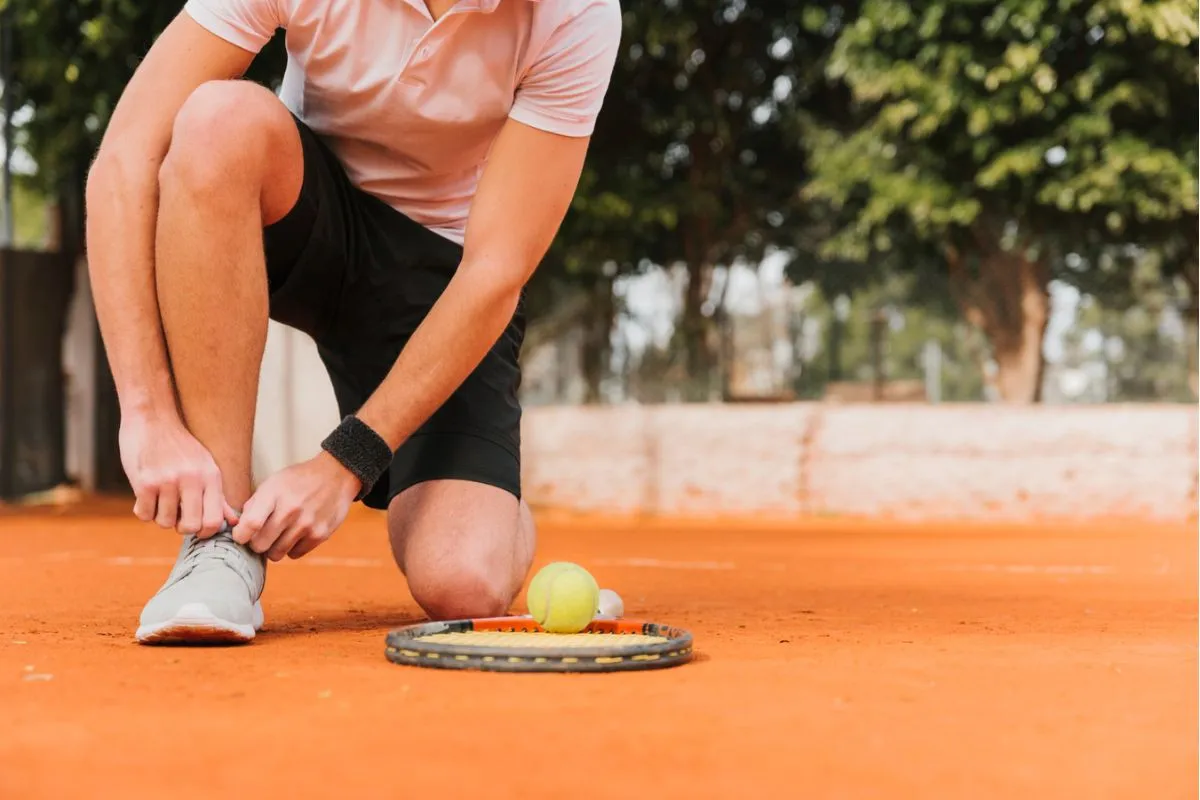
5. Traction
Running shoes are designed specifically for forward motion. This means the outsole will have a more linear and less complex thread pattern following a straight line. Meanwhile, tennis shoes use more intricate and multi-directional patterns, such as a herringbone shape. A running shoe outsole pattern stops dead in its tracks, and it can be a bit dangerous to immediately stop and go in them. The tennis shoe pattern is meant to provide traction but also allow for a slight controlled slip, which creates the iconic “whistle” sound beneath your feet you’ve probably heard when watching tennis.
6. Heel Height
Both shoes tend to incorporate a heel-to-toe drop, usually around 8-10mm. However, the average running shoe has a higher heel stack than a tennis shoe. That way, the heel hits the ground sooner and rolls in smoothly, saving time and energy on each step. For tennis, it’s more important to be grounded, so the shoes are flat on the bottom and there’s almost no heel lift
7. Durability
The combination of a tighter build, synthetic materials, and reinforcements such as toe caps makes the typical tennis shoe more durable than a running shoe. That’s not to say that quality running shoes aren’t highly durable for their intended sport, but the nature of multi-directional movement in tennis puts more pressure on the shoe.
8. Weight
Leading brands in the running shoe market like Nike and Reebok spend countless resources on making their shoes as lightweight as possible. Lighter shoes reduce the metabolic cost of running, allowing you to run faster and longer.
Meanwhile, tennis shoes have to use thicker materials and a bulkier build to remain durable. While they’re not heavy either, there is a noticeable difference in the weight of running shoes vs. tennis shoes.
Subscribe to Our Running Newsletter!
Get free running tips from renowned professional athletes and discounts from top-notch brands.
Running Shoes Vs. Tennis Shoes Summary
To summarize, the most important aspect of tennis shoes vs. running shoes is the movement they have to support. Running shoes are designed to support a single movement pattern — forward-facing, repeated strides, and natural running gait. As such, they only need forward-facing traction, which is why they mostly have a forward-aligned and simple pattern.
Meanwhile, tennis shoes must support the side-to-side movement, most notably the split-step. As such, the traction they provide must be multi-directional to prevent the athlete from slipping on the court. This pattern also allows the athlete to successfully slide around the court without losing stability. Effective sliding is one of the most important movements to master for a tennis player, as it is notably faster for repositioning when defending.
With all that said, can you use running shoes for tennis? Generally, it’s not recommended, especially if you’re going to play on a natural court like clay or grass. These surfaces are known for being slippery and full of debris. A running shoe may not provide enough traction and there’s a good chance you slip and tear it. In the best case, they’ll get fairly dirty. Worst case, you stop uncomfortably and twist your leg, spraining it in the process. However, you might get away with using running shoes on an indoor hardcourt that is typically for recreational centers.
But are tennis shoes good for running? This might be more doable than the reserve, but also not recommended. Tennis shoes are noticeably more heavy, less flexible, and less breathable. The upper material is stiffer so repetitive strikes could cause enough friction to cause foot damage, such as blisters or corns. They also don’t have particularly absorbable cushioning, which can make extended runs or quick sprints quite uncomfortable. They’re okay for a treadmill walk warmup, though.
Pros & Cons Of Running Shoes
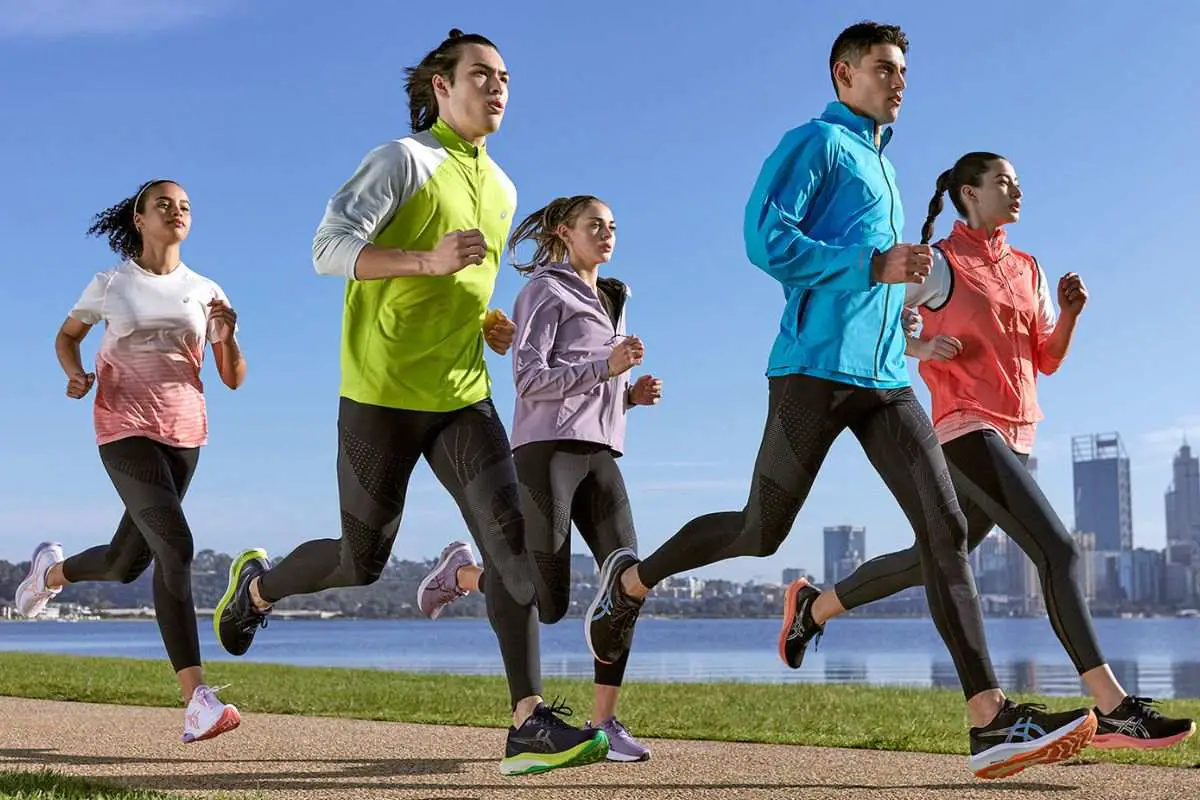
Pros:
- Very versatile (everyday walking, cardio exercise, basic gym shoes)
- Soft landing thanks to cushioning
- Energy transfer is greater thanks to the heel-to-toe drop
- Highly breathable, less foot sweating inside
Cons:
- Abrasive surfaces can damage them pretty quickly
- No support for multi-directional movement
Pros And Cons Of Tennis Shoes
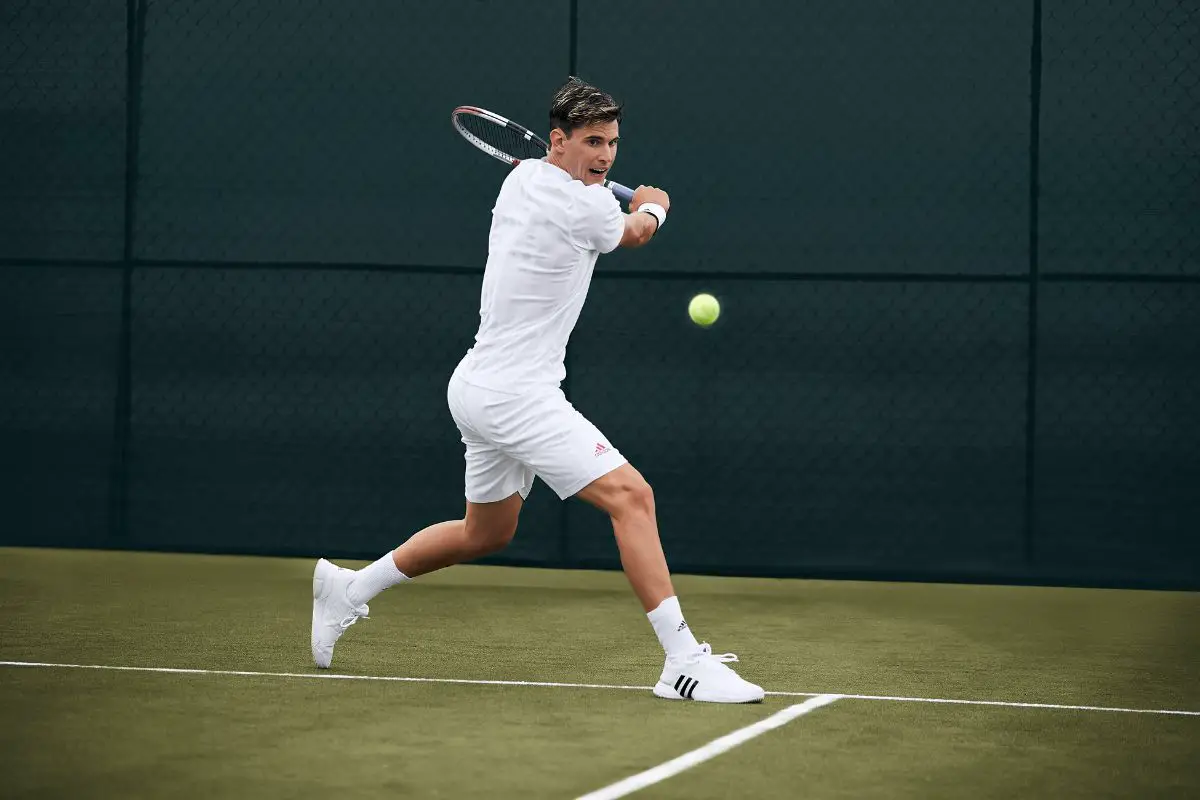
Pros:
- Highly durable compared to other athletic shoes
- Lower heel height means stronger ground contact
- Multi-traction grip soles help with quick directional changes
- More ankle support
Cons:
- Can feel rather heavy for cardio exercise and everyday walking
- Sport-specific, not as versatile
Asics Tennis Shoes Vs. Running Shoes Detailed Comparison Asics
Asics has been a global leader in the tennis shoe market for a while, sponsoring many of the top ATP and WTA players. Let’s compare some of their popular tennis vs. running shoes to see the difference:
Asics GEL-DEDICATE 7 Tennis Shoes
Starting with the Asics GEL-DEDICATE 7. It’s most notable for using Asics’s original GEL™ technology in the midsole to soften the landing and make the shoe even lighter. The bottom-mid section houses a TRUSSTIC® support unit, which allows your feet to twist outward but restricts twisting inward, useful for stopping and going in tennis. The synthetic leather upper gives it good structural support and durability and a polished look. Overall, a good mid-priced and readily available tennis shoe.
Asics GT-1000 10 Running Shoes
The midsole is equipped with Asics’s original DuoMax™ technology that prevents excessive inward rolling of the foot, which makes the run easier on your ankles. The step is cushioned using Asics GEL™ at the heel, rolling into a soft FLYTEFOAM™ midsole thanks to an 8mm heel-to-toe drop. The outsole is made using AHAR™ Plus rubber used in professional car tires, which is half as light but more durable than regular TPU typically used for outsoles. The upper mesh uses engineered textile with plenty of small perforations, giving it excellent breathability.
| Feature | GEL-DEDICATE 7 | GT-1000 10 |
|---|---|---|
| Purpose | Tennis | Running |
| Upper material | Synthetic leather | Textile mesh |
| Breathability | Low | High |
| Midsole material | GEL™ | Flyefoam™, GEL™ |
| Outsole pattern | Multidirectional | Forward-aligned |
| Weight | 277 g/9.8 oz | 338 g/11.9 oz |
| Heel-to-toe drop | 10mm | 8mm |
| Heel counter | Yes | Yes |
| Collar padding | Yes | Yes |
| Toe protector | Yes, cap | No |
Adidas Tennis Shoes Vs. Running Shoes Detailed Comparison
Adidas Gamecourt 2.0 Tennis Shoes
The Gamecourt 2.0 by Adidas is an affordable tennis shoe with a good blend of protection and comfort. Instead of a fully synthetic upper build, Adidas opted to use a textile mesh top and surround it with recycled plastic. This open mesh design gives them more breathability than the average tennis shoe while remaining durable at key points. The midsole uses a standard soft EVA foam. They also added a padded collar for additional ankle support. The outsole is made from a durable adiWEAR specialized rubber and boasts the tennis shoes’ signature herringbone pattern for multi-directional traction.
The Adidas Kaptir 2.0 is an eye-catcher. The iconic appearance of these shoes is created by the tightly woven textile upper, which is highly breathable, lightweight, and flexible from all sides, preventing unwanted tears. If you can’t quite figure out what makes them look unique, pay attention to the tongue – the shoe doesn’t have one; it’s made from one piece. This gives it an incredibly snug fit, whether you choose the model with lacing or a strap closure. Thanks to the original Adidas Cloudfoam midsole, sprinting on a treadmill or track in these feels incredibly soft. The extra tall heel counter is especially helpful at keeping the ankle in place during runs. The outsole features an aligned thread pattern that continues to the side of the shoe, making it very grippy on a variety of synthetic and natural surfaces.
| Feature | Gamecourt 2.0 | Kaptir 2.0 |
|---|---|---|
| Used for | Tennis | Running, lifestyle |
| Upper material | Synthetic and textile mesh | Knit mesh |
| Breathability | Mid | High |
| Midsole material | EVA foam | Adidas Cloudfoam |
| Outsole pattern | Herringbone | Forward-aligned |
| Weight | 298 g/10.5 oz | 242 g/8.5 oz |
| Heel-to-toe drop | Not specified, aprox. 5mm | Not specified, aprox. 8mm |
| Heel counter | Yes | Yes |
| Collar padding | Yes | No |
| Toe protector | Yes | Yes |
FAQ
Can You Play Tennis In Running Shoes?
If you have a pair of good-quality running shoes they can be sufficient enough for a casual game of tennis on a synthetic hardcourt that is typically found on indoor recreational tennis courts. That said, if you tried using running shoes on clay or grass courts, you’ll quickly find they don’t provide enough side traction.
Are Running Shoes And Tennis Shoes The Same?
No, there is a design and structure difference between tennis shoes and running shoes meant to accommodate common movements for their respective sport. Running shoes are also very lightly built
Are Running Shoes Good For Tennis?
No, running shoes are built for different movement patterns than tennis shoes. They don’t have adequate durability or support.
Conclusion
In conclusion, are running shoes good for tennis? In an ideal scenario, you shouldn’t be playing tennis in running shoes, especially not on slippery natural terrain courts. Looking at the difference between tennis shoes and running shoes, the latter does not provide ample ankle support, traction, and durability to support lateral movements typical for tennis.
We’d love to hear your thoughts on the subject. Do you play tennis often? If so, which shoes have you tested on the court? Share your insight with us and remember to follow us on social media for more valuable fitness content.
References:
- Aleš Filipčič, Bojan Leskošek, Goran Munivrana, Gabriela Ochiana, Tjaša Filipčič, “Differences in Movement Speed Before and After a Split-Step Between Professional and Junior Tennis Players” – Journal of Human Kinetics vol. 55 (2017), 117-125
- DUOMAX™ – ASICS https://corp.asics.com/en/about_asics/institute_of_sport_science/technology/duomax (accessed Jan. 9, 2023)
- Joel T. Fuller, Clint R. Bellenger, Dominic Thewlis, Margarita D. Tsiros, Jonathan D Buckley, “The Effect of Footwear on Running Performance and Running Economy in Distance Runners,” Sports Medicine 45, no. 3 (2015): 411-422.
- Mark E. Kasmer, Xue-cheng Liu, Kyle G. Roberts, Jason M. Valadao, “Foot-strike Pattern and Performance in a Marathon,” International Journal of Sports Physiology and Performance 8, no. 3 (2013): 286-292.
- Mark Kovacs, “Movement for Tennis: The Importance of Lateral Training” – Strength & Conditioning Journal vol. 31, no. 4 (2009), 77-85
- Peter Kaiser, Kerstin Stock, Stefan Benedikt, Todd Ellenbecker, Tobias Kastenberger, Gernot Schmidle, Rohit Arora, “Acute Tennis Injuries in the Recreational Tennis Player” – Orthopaedic Journal of Sports Medicine vol. 9, no. 1 (2021), 2325967120973672
- What Is ASICS’ GEL™ Technology? – ASICS, https://www.asics.com/us/en-us/blog/what-is-asics-gel-technology.html (accessed Jan. 9, 2023)
If you have any questions or suggestions, you can contact us via email – [email protected]

